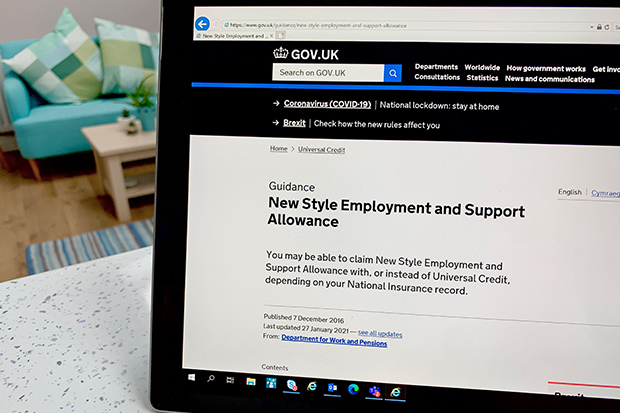Dedicated salary structure for those in key tech roles – which has helped some departments pay staff more than £20m extra a year – is being recalculated, according to Cabinet Office minister
Government’s specialised pay scale for critical technology roles is being recalculated to ensure departmental recruitment teams can keep up with “market trends”, according to a minister.
First introduced about four years ago, the Digital and Data Pay Framework is intended to help government agencies to attract and retain personnel in key specified roles. Departments that have adopted the framework can offer staff extra annual allowances of up to £10,000 compared with standard civil service pay structures. This is, in large part, intended to help government bodies better compete with private-sector employers for market-leading talent.
According to Alex Burghart, a minister at the Cabinet Office, the compensation that can be offered via the framework is currently in the process of being “revalorised” – a term meaning to revise the value of something, or assign to it hitherto unrecognised worth. The recalculation – details of which will not be made public, according to the minister – is intended to ensure government keeps pace with the typical salaries on offer for the positions covered by the framework.
Related content
- Pay constraints hamper government’s ability to attract top tech talent, report finds
- Government leaders of the future will need digital and data expertise, says head of Fast Stream
- ‘Part of the team’ – secondment scheme to bring workers from tech giants into government
“The Digital and Data Pay Framework is being revalorised to meet market trends for digital and data roles, ensuring the government can attract the right talent for critical roles,” he said. “It is an internal framework for government use that is not intended to be published externally to protect market sensitivities. Thirty-five organisations have adopted the framework. This is shared directly with their pay and reward teams.”
Among the departments known to have adopted the framework is the Ministry of Justice. The department’s annual accounts for 2022/23 revealed that using the framework was instrumental in enabling the MoJ to boost the collective pay packet of its tech workforce by £22m, compared with the prior year.
When it was first launched, the digital pay structure featured six of the most in-demand tech roles: service designer; software developer; infrastructure engineer; technical architect; security architect; and data scientist. Extra pay can be offered to those at senior executive officer level and above in the professions listed on the framework.
Burghart’s comments were made in answer to a written parliamentary question from Labour MP and shadow paymaster general Jonathan Ashworth.




